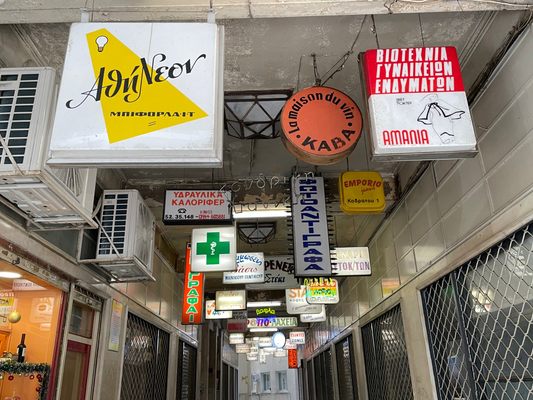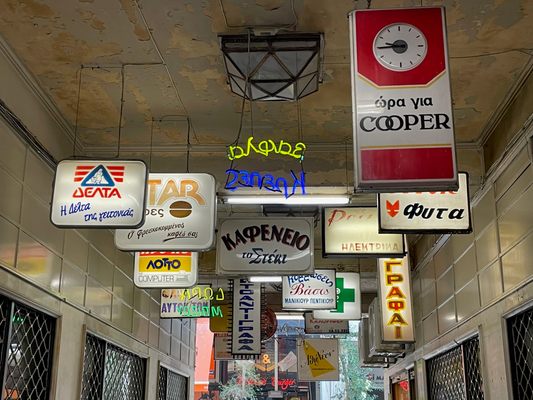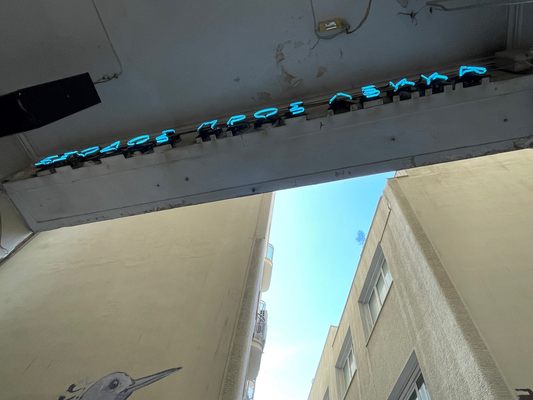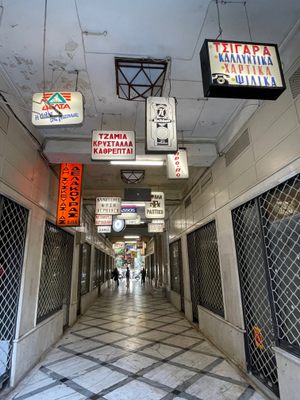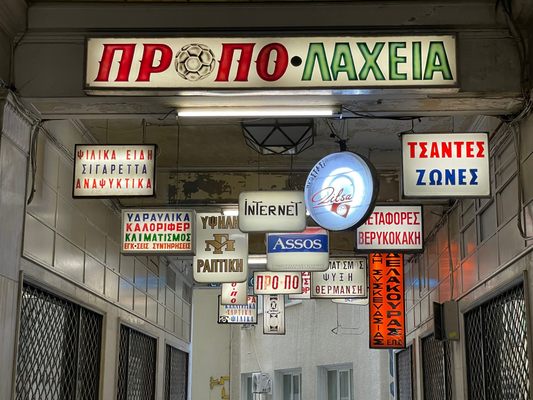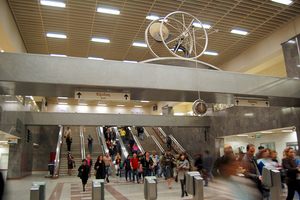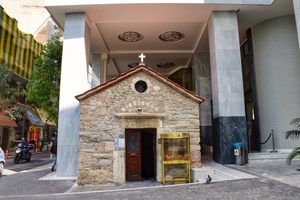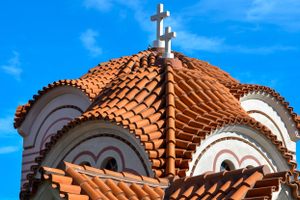About
In ancient Athens, shopping arcades were known as “Stoas.” These Stoas hosted merchants and provided covered passageways through the markets, and became a favorite social meeting place for the city’s residents.
Modern Athens’ first Stoa was built in 1883. It was built following the ancient Stoa’s general principles and became a popular place where residents would eat, drink, shop, and socialize. The trend of building Stoas continued, and hundreds were built in the city over the decades.
In the 1980s, many Stoas in Athens fell victim to a variety of challenges, including competition with shopping centers and department stores. When a financial crisis struck Greece in 2009, the commercial traffic at most Stoas became scarce, with many closing, including Stoa Emporon.
In 2015, an experimental art project named Traces of Commerce was developed to revitalize an arcade. Stoa Emporon was selected among many options as the host venue.
Under an open public call, the organizers acquired numerous neon signs with retro Greek typefaces from closed Stoas in different neighborhoods. These signs were repaired in workshops staffed by volunteers and once completed, these signs were installed in Stoa Emporon. The project was so popular its initial six-month run was extended indefinitely.
Now known as the Passage of the Merchants, this Stoa has new life as an art installation and is open for all to see.
Related Tags
Published
April 14, 2023
